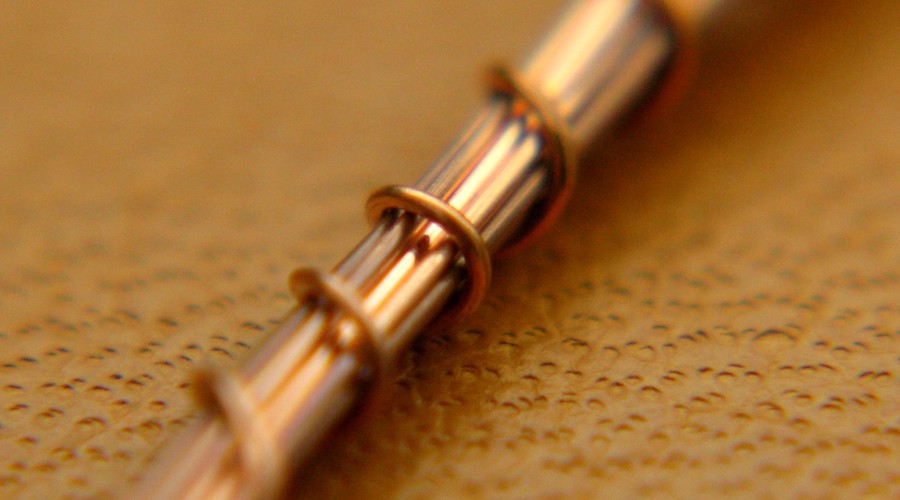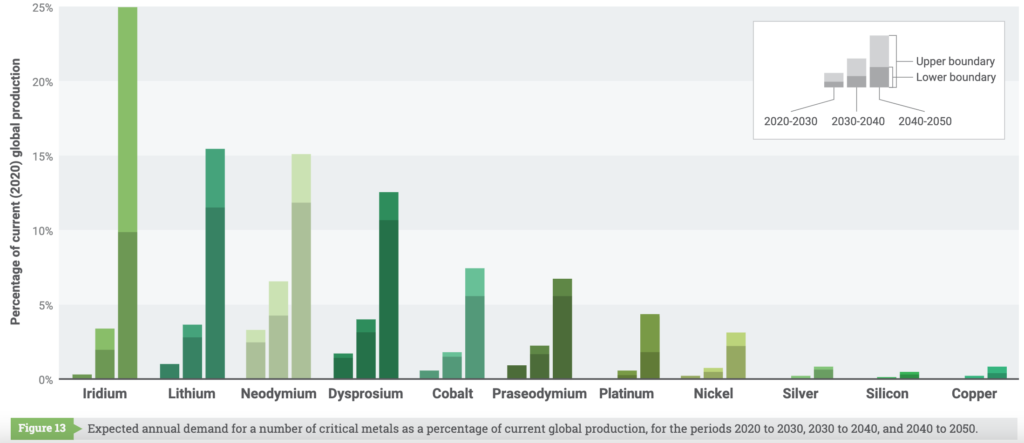Copper nanowire spray effectively destroys covid-19 virus


In a paper published in the journal RSC Advances, the group explains that people have taken advantage of copper’s antimicrobial properties since 2400 B.C. to treat and prevent infections and diseases. The metal has proven effective for inactivating viruses, bacteria, fungi, and yeasts when they are directly in contact with the metal.
“One copper ion can penetrate the membrane of a virus and then insert itself into the RNA chain, and completely disable the virus from duplicating itself,” Jun Cui, a scientist at Ames Lab and one of the lead researchers on the project, said in a media statement.
The idea to develop the antimicrobial spray came from a different project Cui and his colleagues were working on. They were developing a copper ink designed for printing copper nanowires used in flexible electronic devices.
“So the thinking is, this is ink, and I can dilute it with water or even ethanol, and then just spray it. Whatever the surface, I spray it once and coat it with a very light layer of a copper nanowire,” the scientist said.
Cui explained that the first step is for the surface to be cleaned and disinfected. Once this is done, the reformulated copper ink solution can be applied. The ideal coating should be thin enough to be transparent. The ink can be diluted with water or alcohol to make it sprayable, and it works on plastic, glass, and stainless-steel surfaces.
The team tested two types of copper ink, CuNW and CuZnNW. Compared to a plain copper disk, both inks were just as effective at disabling the virus. However, it took 40 minutes for the copper disk to disable the virus, whereas the copper inks took only 20 minutes. The nanowires worked faster because of their greater surface area.
When comparing the two ink coatings, the CuNW inactivated the virus more quickly than CuZnNW during the first 10 minutes. However, CuZnNW had a more steady and sustainable release of copper ions, compared to CuNW, which makes the coating effective for longer. Ultimately the team concluded that the CuZnNW was the best option for a sprayable copper nanowire coating for antimicrobial purposes.
In Cui’s view, this work was important, not just because of the pandemic, but since these nanowires can protect against many different microbes, “there’s the chance that we can have a lasting impact on human society.”
This post has been syndicated from a third-party source. View the original article here.




